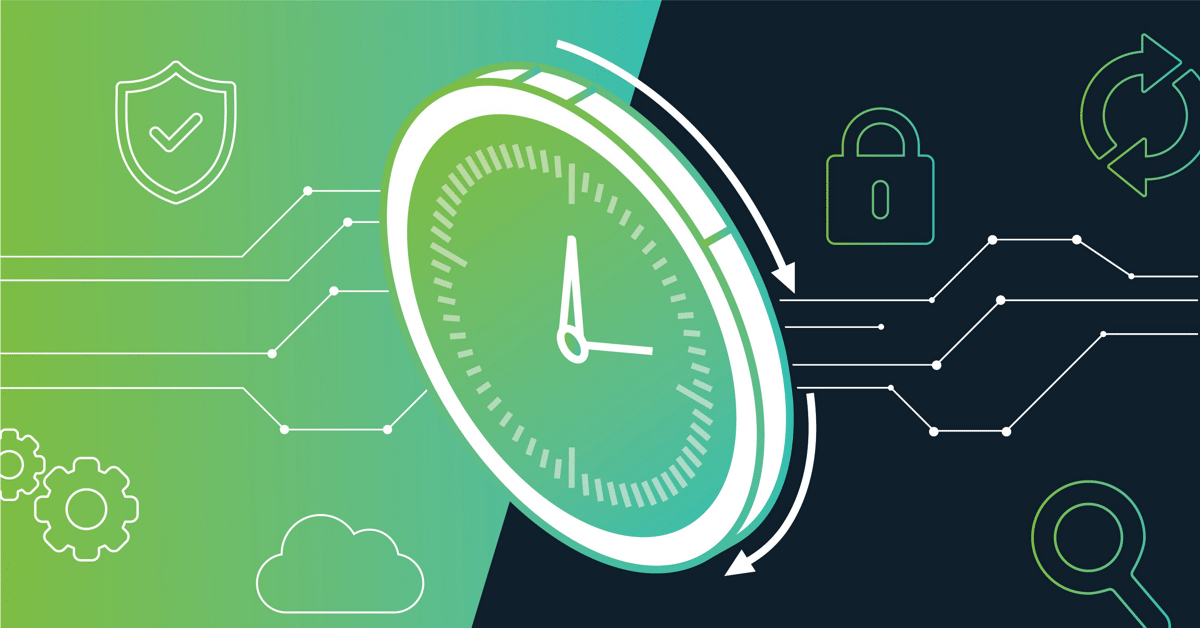In the realm of cybersecurity and network management, ensuring secure and efficient access to resources is a paramount concern for organizations. The concept of Just-In-Time (JIT) has emerged as a key strategy in this area, allowing for tight control and monitoring of who accesses what, and when. This approach significantly enhances security by reducing the attack surface and potential vulnerabilities that come with persistent privileges. In this article, we’ll delve into various scenarios where JIT access plays a crucial role, demonstrating its versatility and effectiveness in different contexts.
Elevated Privilege Granting in Emergency Situations

In critical scenarios, such as system outages or security breaches, rapid response is essential. JIT shines in these situations by allowing administrators to quickly gain elevated privileges needed to address the issue. This method ensures that high-level entry is only available when necessary, minimizing the risk of misuse or exploitation under normal conditions. After the emergency is resolved, these privileges are automatically revoked, reverting back to the standard, more secure state.
Third-Party Vendor Access
Many organizations rely on third-party vendors for various services, from IT support to software maintenance. Granting these external entities permanent entry to systems can pose significant security risks. Instead, employing JIT allows vendors to receive temporary privileges, strictly limited to the duration and scope of their required tasks. This practice not only tightens security but also simplifies the monitoring and auditing of vendor activities, ensuring compliance with internal policies and external regulations. For more information on Just-In-Time access, you can visit https://www.entitle.io/just-in-time-access.
Project-Based Access for Employees
In project-driven environments, employees often require entry to specific resources only for the duration of a project. Traditional methods would involve granting long-term access, which remains even after the project’s completion, posing unnecessary risks. With JIT, employees receive rights only for the necessary period, significantly reducing the chances of unauthorized entry or internal threats post-project.
Access for Remote Workers
The rise of remote work has introduced new challenges in entry management. Remote employees often need access to various company resources, but maintaining security over such a distributed landscape is complex. JIT ensures remote workers get timely entry to the necessary resources while maintaining a robust security posture. This approach is particularly useful for organizations with a global workforce operating across different time zones and locations.
Auditing and Compliance

For organizations subject to stringent regulatory requirements, maintaining comprehensive entry logs is crucial. JIT inherently creates detailed records of who accessed what, when, and for how long. This level of detail is invaluable for audits, providing clear evidence of compliance with policies and regulations. It also helps in identifying unusual access patterns or potential security breaches, enabling proactive measures.
Transitioning to Cloud Environments
As more organizations migrate to cloud-based solutions, managing entry in these environments becomes a critical concern. Cloud platforms, with their dynamic and scalable nature, are particularly well-suited for JIT. This approach allows organizations to manage access rights efficiently in the cloud, adapting to changing needs and scales without compromising on security.
Enhancing Incident Response
In the face of cybersecurity incidents, speed and precision are of the essence. Organizations must respond swiftly to mitigate risks and prevent further damage. JIT plays a crucial role in incident response by enabling immediate entry to necessary systems for response teams. This access is tightly controlled and monitored, ensuring that it is used solely to address the incident. Once the situation is resolved, access rights are revoked, maintaining the principle of least privilege and reducing exposure to future threats.
Facilitating Secure Development Environments
Software development often requires entry to sensitive tools, applications, and data. Developers, however, don’t always need constant access to these resources. Implementing JIT in development environments allows developers to obtain permissions as needed, reducing the risk of accidental exposure or malicious attacks targeting development tools and repositories. This model ensures that sensitive assets are exposed for the minimum time necessary, greatly enhancing security in development processes.
Streamlining IT Operations

IT departments are continually tasked with managing a wide array of systems and applications. Permanent administrative privileges can be a significant security liability. JIT streamlines IT operations by providing IT personnel with the necessary entry rights only when they need them. This approach not only secures the IT infrastructure but also simplifies the management of entry rights, reducing the administrative burden and potential for error.
Supporting Business Continuity and Disaster Recovery
In business continuity planning and disaster recovery scenarios, access to certain systems becomes critically important. JIT ensures that in the event of a disaster, team members can quickly gain access to the systems they need to execute recovery plans effectively. This approach ensures that entry is granted swiftly in crises but is otherwise restricted to maintain security under normal operating conditions.
Dynamic Access for Multi-Cloud Environments
Organizations increasingly operate in multi-cloud environments, which come with their own set of access challenges. JIT provides a dynamic and flexible solution to manage access across different cloud platforms. It allows for tailored entry rights depending on the specific requirements of each cloud environment, enhancing security while ensuring seamless operations across multiple platforms.
Optimizing User Experience
Finally, JIT isn’t just about security; it’s also about user experience. By providing entry when needed, users are not bogged down by unnecessary security protocols or delayed by lengthy access approval processes. This balance between security and efficiency is crucial in maintaining productivity and ensuring that security measures do not become impediments to day-to-day operations.
End Note

In summary, JIT management is an essential component of modern cybersecurity strategies. Its flexibility and precision address a wide range of scenarios, from emergency responses and vendor management to cloud migrations and multi-cloud environments. By implementing JIT, organizations can significantly enhance their security posture, streamline operations, and ensure compliance, all while maintaining a positive user experience. As cyber threats evolve and organizations become increasingly complex, JIT stands out as a key solution for effective and secure access management.













